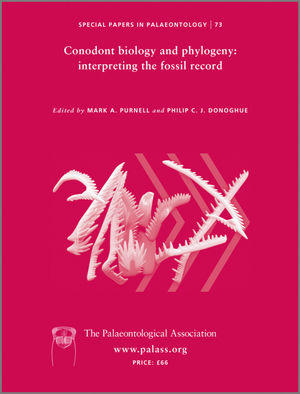Reg. Charity No. 1168330

Improvements leading to high-resolution correlation using Silurian conodonts must be made within the framework of stratigraphic sequences. Species ranges in shelf strata reflect both biological processes and preservation bias imposed by predictable patterns of deposition and erosion in response to eustatic sea-level fluctuations. Ranges used to erect biostratigraphic zones and on which evolutionary lineages and bioevents are based must be interpreted in the light of this bias to exclude occurrences that are explicable by sequence architecture. Stratigraphical disorder arising from advection by burrowers may obscure biological and geochemical events in condensed marine sections and decrease their time resolution. Chronostratigraphic boundaries placed in offshore, condensed sections that formed during sea-level highstands will be difficult to correlate accurately into shelf successions because of sequence architecture. Possible global climatic and oceanic events impose another level of discontinuity on the Silurian conodont record. Data supporting these events must be evaluated to remove the bias of sequence architecture before climatic, oceanic and palaeobiological models are devised. Stratigraphic sequences are the record of synchronous global events and can contribute as much to high-resolution correlation as biostratigraphy and short-lived geochemical and biotic events.